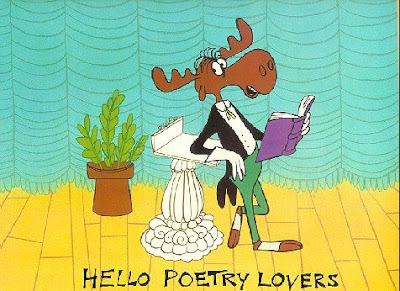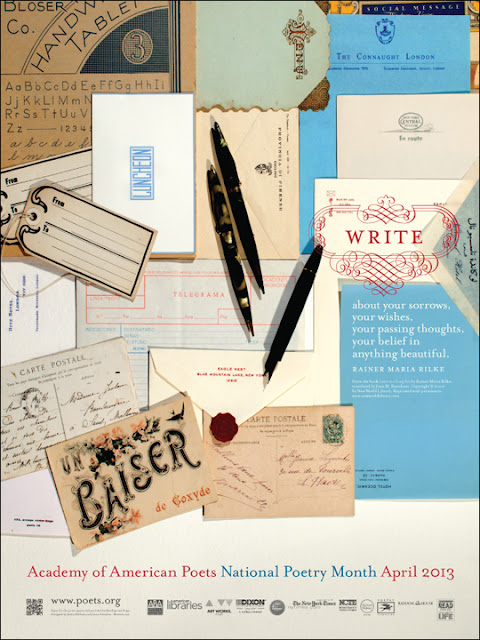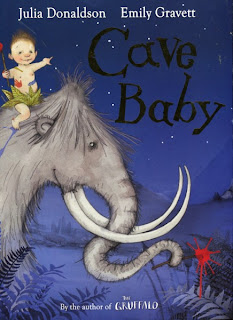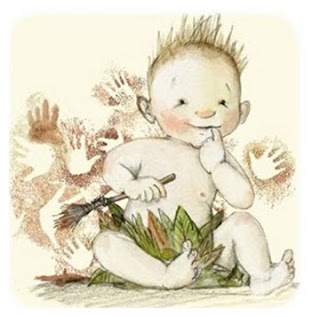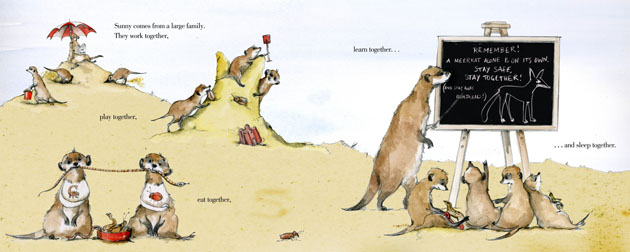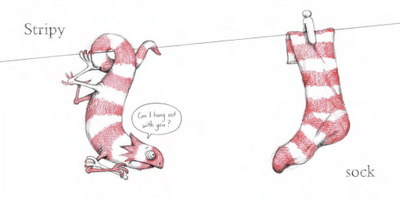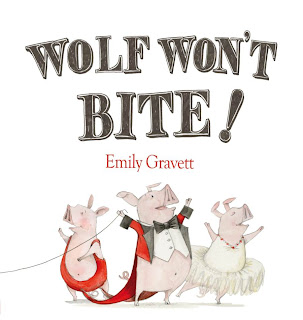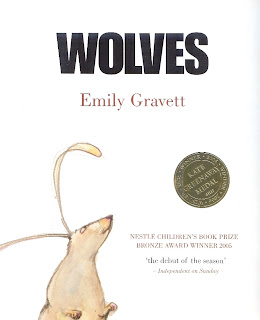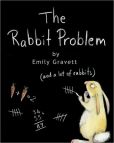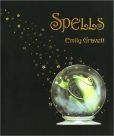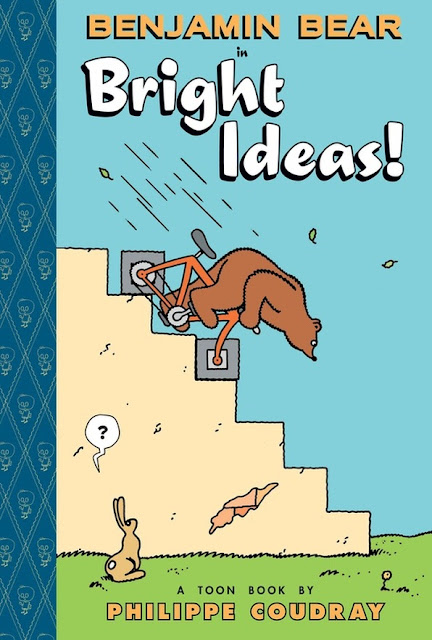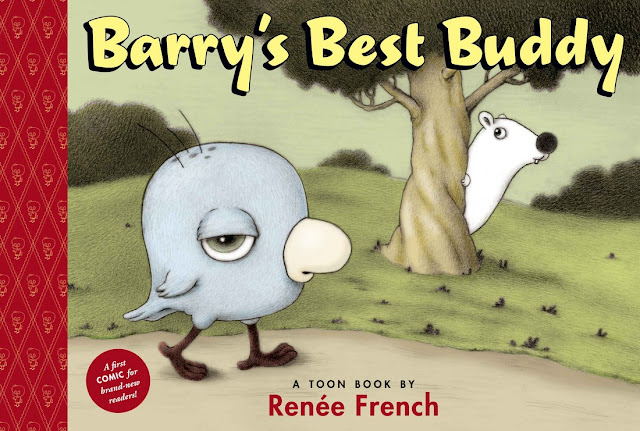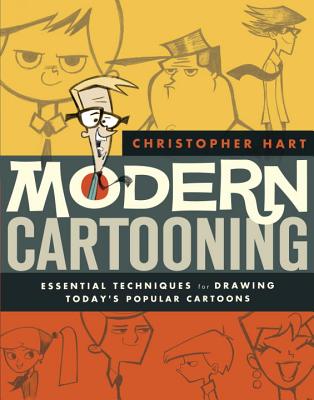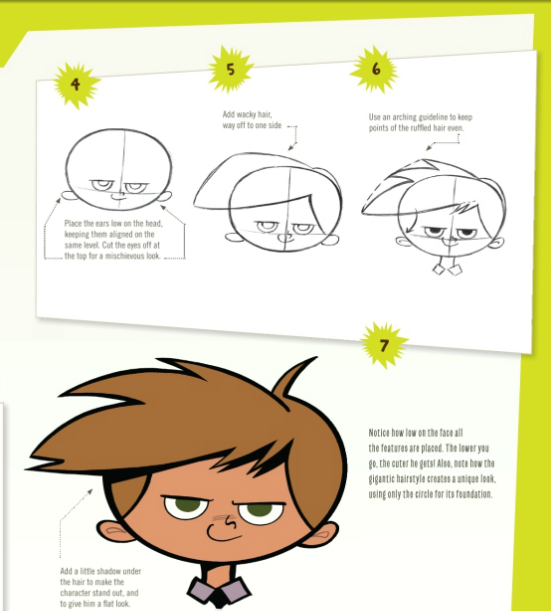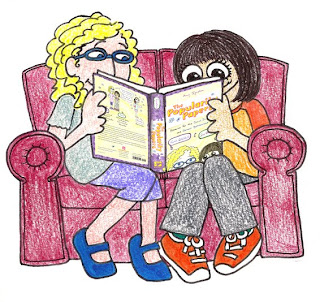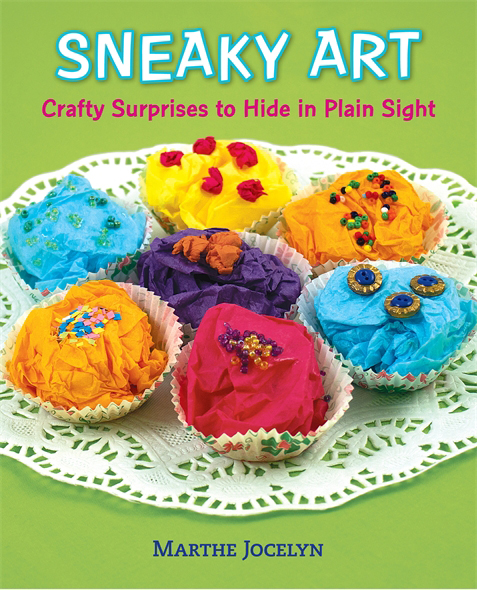The Five Lives of Our Cat Zook
is NOW IN PAPERBACK!!!
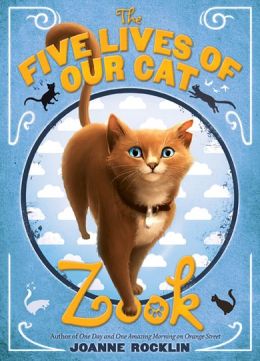
Joanne Rocklin surprised and wowed me with her last book,
One Day and One Amazing Morning on Orange Street and goes above and beyond with her new book,
The Five Lives of Our Cat Zook. Both books are illustrated by the marvelous
Chris Buzelli, and I wish there was more of his art inside the books as well. I'll be honest. I usually do not enjoy reading real-life-family-trouble type stories. You know, the kind that usually win the Newbery, like
The Higher Power of Lucky by Susan Patron. I read to escape, so I find myself making a concerted effort to stick with a book in which a child struggles with what life has dealt her or him. Also, as main characters, these children often take on layers of personality that sometimes feel disingenuous or not quite real. Perhaps because of my prejudice going in, I find myself (more and more) pleasantly and often enthusiastically surprised by this type of book when I do choose to read it. Joanne Rocklin is one of those authors who inspires a string of laudatory adjectives when I write about her books. As a cat person who deals very badly with the death of my pets, I cringed when I saw the cover for
The Five Lives of Our Cat Zook. But, Rocklin was so skilled with her handling of the sometimes heartbreaking events of her last book that I trusted her and began reading with only a bit of trepidation.

While there are many lives and plot threads that make up One Day and One Amazing Morning on Orange Street, Rocklin streamlines her story in The Five Lives of Our Cat Zook. Nonetheless, as with One Day and One Amazing Morning on Orange Street, this book is instilled with a deep sense of community and connections between seemingly disparate people. Set in Oakland, CA, The Five Lives of Our Cat Zook is populated by people like Mario and Maria, the Italian and Mexican owners of the improbably named O'Leary's Pizzeria, a family of Swedish and Indian descent, a taffy making Grandma and a "nice old African-American man with young eyes and an oxygen tank." Rocklin takes the seemingly simple event of a sick stray cat and tells the story of the many lives touched by him, weaving them into a beautiful, moving book. Besides the village of loving adults watching out for the main character and her brother, what makes The Five Lives of Our Cat Zook so readable (and tolerable during the sad parts) is the strong voice of the narrator. Telling us about herself, Oona Armstrong says that she's a ten-year-old who likes to "dip my french fries in vinegar. I love when the sun shines through spiderwebs. My best friend is Riya. I love my little brother so much my heart hurts. I like music and dancing." And, she is also an inventor and a good noticer. When Oona learns that Mario is an autodidact (and what an autodidact is) she says,
I would like to be an autodidact, too - shorten my hours at school, learn whatever I like, whenever and from whomever I like. Kind of like a school furlough . . . I will stay in my room and learn everything I need online by myself. And I'm sure I can convince Gramma Dee to sneak in tons of books, too, along with my meals. Gramma Dee loves sharing books and discussing them.
Oona is also a good story teller, something she inherited from her father, The Great Rebus-Maker and Whopper-Teller. Since her dad died two years earlier, Oona has made it her job to teach her little brother Fred to read using rebus skills learned from her dad, to comfort him by telling him stories and to always wear her dad's Oakland Raiders sweatshirt. Every single day. Like most kids, Oona wants to make sense of her world and she has quite a few theories to help her along. My favorite is her "Rainbow Whopper Theory," which is a color-coded system of ranking stories or, as Oona says, "lies, plain and simple." As the plot of The Five Lives of Our Cat Zook unfolds, Oona's stories and lies begin to overlap and she struggles to cope with Zook's failing health and the secret she has been keeping for the last two years.
Oona has her reasons for keeping Zook's origins secret. When she found him (behind O'Leary's, which is also famous for fried zucchinni, thus his name) he was wearing a collar with a tag on it that had his name, address and a diamond on it. He was starving, dirty and ragged and had a BB lodged under his fur. And he was named Mud, which Oona insists is a dumb name for a cat when she is making her case for the reasons why she kept his origins secret. Convinced that Zook/Mud's former owner is a villain who shoots cats and gives them dumb names, she sometimes stakes out his house and glares at him, bolstering her decision. Also, Zook arrived at a time when Oona's father was dying of cancer. The one specific memory Oona shares of her father and this time is the day that she and her mother tucked Zook into a picnic basket and snuck him into the hospital for a visit. That was also the day that Oona's dad died. When Zook's kidneys begin to fail and he has to stay at the vet's Oona soothes the sensitive Fred (and herself) by telling him that cats have nine lives and Zook will be fine. Fred wants to know how many lives Zook has used up and, because five is Fred's favorite number, Oona tells him that Zook is on his fifth life and then begins telling him the magical, fantastical, suspenseful stories of his four other lives before he came to them.
Rocklin adds another layer to The Five Lives of Our Cat Zook with Dylan, the Villain, Terri's new boyfriend. The two meet at a party at Riya's and Oona is stricken to see the Villain at her best friend's house and talking to her mother. As their relationship progresses, Oona is convinced that she has to put and end to it and force Dylan to admit that his is the cruel, former owner of Zook. Things don't go as Oona planned and get progressively worse. Dylan earns Oona's trust by using his nursing skills to allow Zook to live at home and seemingly thrive, promising Zook will get better. Of this, Oona says,
Happy-ending times happen all the time, but you have to be a good noticer, or they'll just pass you by. You can look back on your life and think, 'Hey, that was one of them. I think.' But it's so much better to catch them like a fastball, AT THE EXACT MOMENT they're happening. I've been catching more and more happy-ending times lately.
However, when it becomes clear that Zook is suffering and cannot go on. Knowing that Zook will have to go back to the vet, she says, "I wish I could invent a happy-ending room spray or something. I wish I had the power to make happy endings happen whenever I want to in real life, not just in stories." Oona feels betrayed by Dylan for promising Zook would get better and Terri feels betrayed by him when he suggests she let Oona be there when Zook is put down. In the end, though, Oona is there holding Zook, observing, "it wasn't like putting Zook 'down,' I'm thinking. It was like sending Zook up and away. Up and away and out of that tired old body filled with pain, which smells so familiar when I kiss it one last time. It smells like our house and my sweatshirt, and because of that, a little bit like my dad." When the time comes to tell Fred that Zook died, Oona has to also explain why he doesn't get to live out his last four lives, telling him that everyone, even cats, only has one life to live. Then she cries. Oona cries for Zook, for her father and for "all those extra lives nobody gets to live."
When Fred disappears and is found hours later in the spot where Oona found Zook, waiting for him to come back and live his other four lives, Oona tries to help him make sense of things, telling him that Zook will come back, just not in the exact same place. She thinks,
there must be a special color for a whopper you really, really want to believe, and sometimes you do. You imagine that if you tell it, even to yourself, maybe it will come true. A whopper about living things having lots of lives, for instance. Or a whopper about someone being a villain so you can keep his sweet, singing cat. Or a promise like the one Dylan made, that Zook would get well. It's the color of a wish, if a wish had a color. Maybe it's a color that's only seen in outer space. Or maybe it's multicolored, wrapped up like a birthday gift.
Rocklin ends The Five Lives of Our Cat Zook with everyone, except Dylan, who has not been part of their lives since the scene at the vet, at O'Leary's eating pizza. Mario and Maria have been teaching Oona and Fred how to make pizza and everyone is sampling their pies. Dylan arrives carrying a wicker basket with a kitten inside and she is orange and white, just maybe the color of a wish.
Best of all, Rocklin ends the book with a chapter titled, "The Theory of Story-Making From Oona and the Great Rebus-Maker and Whopper-Teller," which has eight different points that will help young writers weave a tale.
